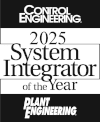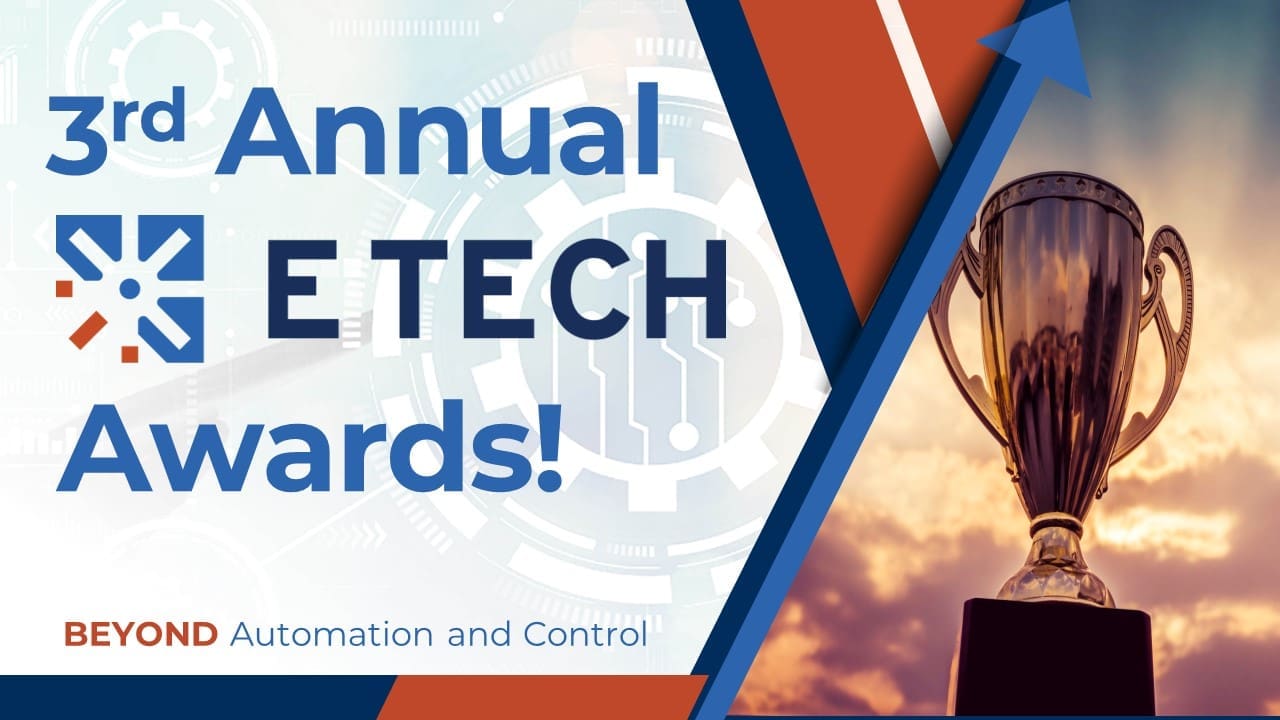Team Growth in Texas Leads to New Office
E Tech Group has experienced steady growth over the past few years. As our business has expanded, so has the size of our team and the requirements for our workspaces. Specifically, our Mission Critical team has experienced rapid growth over the last several years. E Tech Group’s Mission Critical automation team has members located throughout North America, but a large concentration of the team is located in the Greater Dallas/Plano, Texas area. The local team needed a larger space that would allow them to expand testing and collaboration capabilities. In short, they needed a bigger, better and more technically advanced space. New Growth, New Office, New Automation Capabilities Over the last five years, the team has more than doubled in size. With this growth, the team has expanded its technical capabilities and extended our expertise. E Tech Group wanted a space that would better match the caliber of our team. The E Tech Group leadership team is thrilled to have a new state-of-the-art, flagship office for our local team to work with and bring clients. One particular area we gained and are excited to use in this new space is our new state-of-the-art test lab. The test lab allows sophisticated solutions to go through SFAT (Software Factory Acceptance Testing) before being deployed in a client’s facility. The lab includes the latest PLC hardware that can be configured exactly as it will be deployed in the field. The hardware is hard-wire connected to on-site servers and the HMI used in the SFAT is the same HMI that has been developed for the client site. This ensures proper functionality, helps mitigate any potential failure in the field, and is all a part of the Mission Critical Team’s Zero Defect approach. Below you can browse pictures of the new office and take a virtual tour. … Continued





